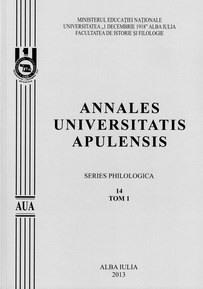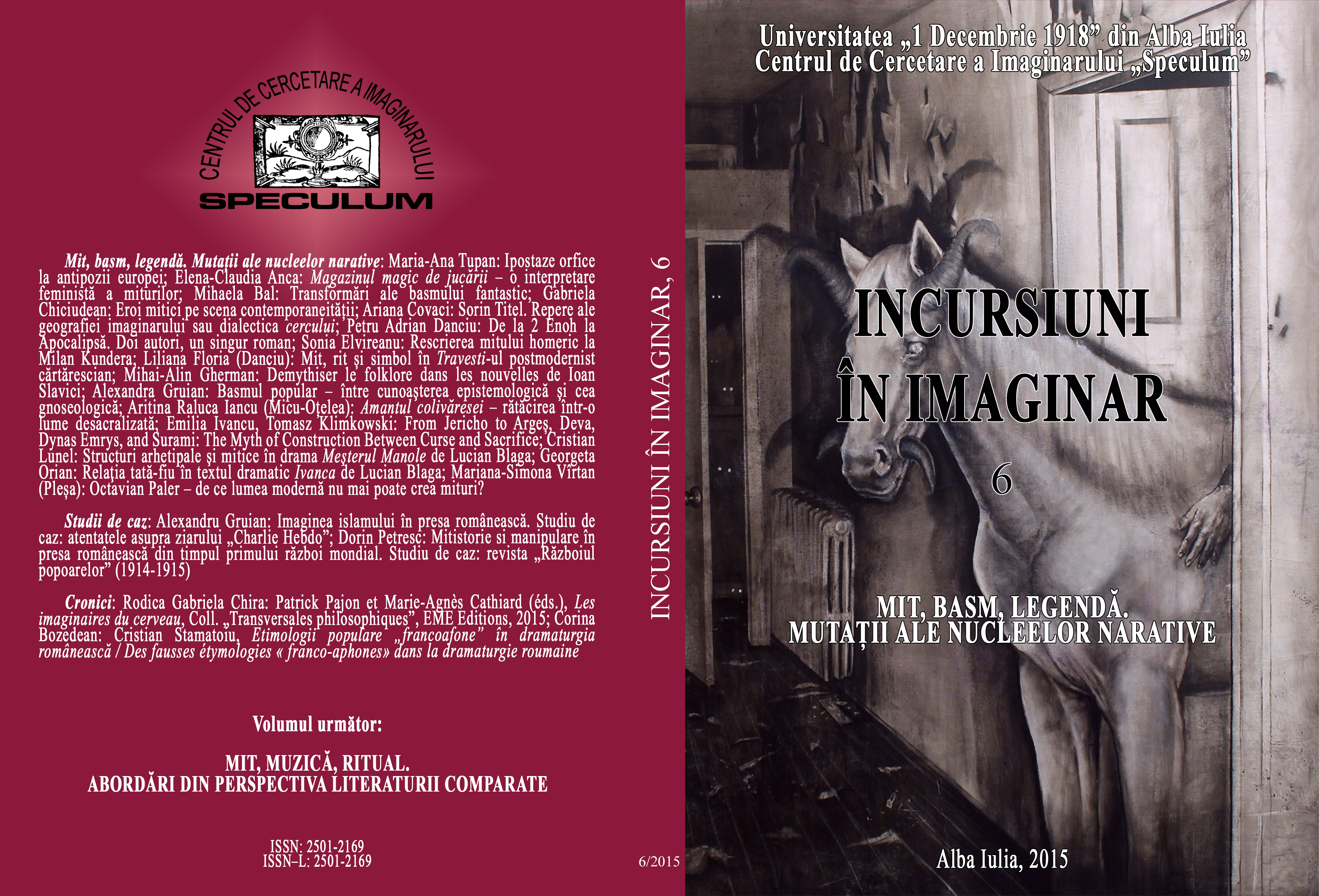
The Empire Cornerstone
Piatra de la temelia imperiului
Keywords: anticipation; civilization; future; globalization; new age; religion; system.
Science-fiction literature has the merit of proposing a scenario behind which hides the wildest imaginative projects. But it is equally true that behind such scenarios are hiding, more or less subtle realities that mask allegorically a particular context or sometimes project, as it happened in the novels of Jules Verne, a plausible…future. Isaac Asimov`s novel, Empire. Pebble in the sky, allegorically illustrates a model of civilization of the earth temporally situated somewhere in the Galactic Era. An ordinary earthman, Joseph Schwartz, a retired tailor from Chicago, inexplicably ran into another time dimension where Earth is just one planet among many others that make up the planetary system. For the ordinary former tailor, the new world is the expression of a destructive civilization; it is the result of absurd ambitions, of some enormous egos behind which is man. The new man, in turn, is either part of the ruling class leading world or part of the class of subjects living under the rule of obedience and humiliation. This world is conformist. Earthman is an individual who earns his living, or better say, he pays the required share of each citizen and when he is sixty, he is physically removed to make room for the young. This demographic cynicism is the consequence of radioactive contamination of the Earth and as a result, residents are forced to live in a confined space and especially to consume as few resources. In comparison with other inhabitants from other planets, who do not differ physically from Earthlings, the former were considered primitive, barbaric, backward, driven by the most basic instincts. On the other hand, aliens were evolved beings, which harbored the highest ideals of human being. Behind such a futuristic scenario, the reader can identify the model. Anticipated world is nothing but a radiography of the world that destroys itself. Everything happens because of the human being and his bellicose instincts, his petty ambitions, his individualism and selfishness or his dreams of glory. In the service of these ideals, the man puts all his will and science, imagined the worst machines to help him achieve the goal. Even individual, taken generally, is also an ideological processed machine, designed to accept, without any protest, the new religion. For him, there are no values such as: freedom, love, humanity. Everything looks like a predetermined pattern in which the human has to think and act according to that pattern. The man is just a machine programmed to do what he is required to. It is a conformist world, a high-tech and monotone one, but mostly devoid of content. Behind a universal destiny allegorically foreshadowed by Isaac Asimov`s novel, a concrete reality of the world emerges: the human abandonment of faith and spirituality, the industrialization that destroys not only the environment, but also the individual, the expending of the economic and political system meant to compel individuals to make them dependent (a phenom
More...
